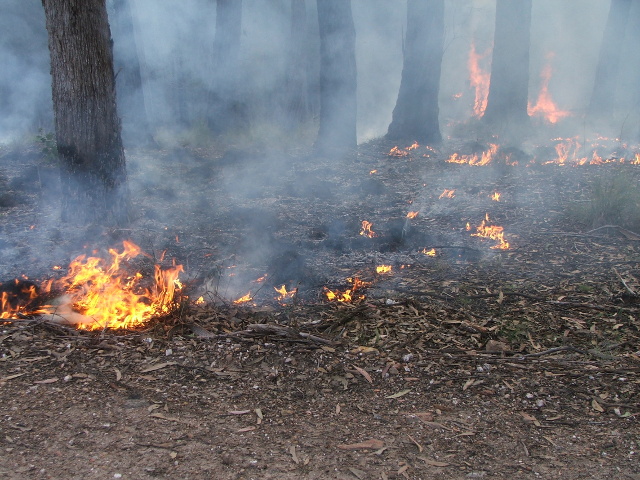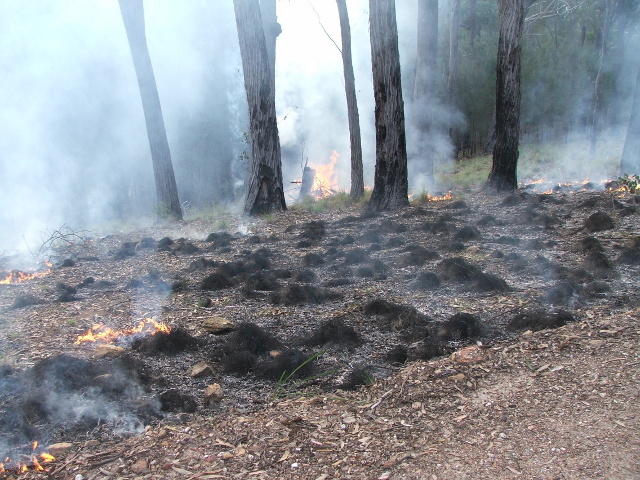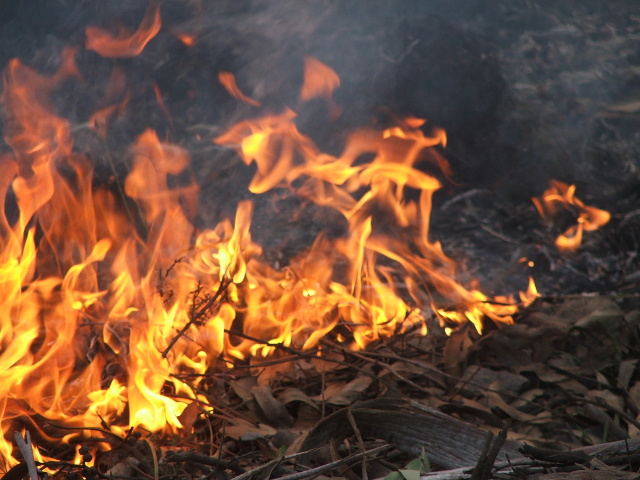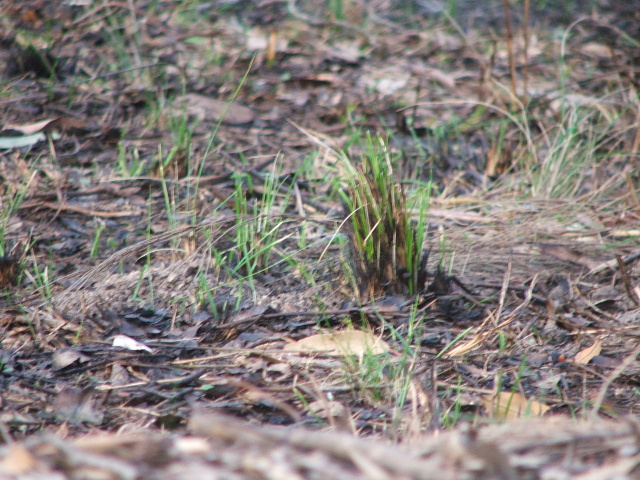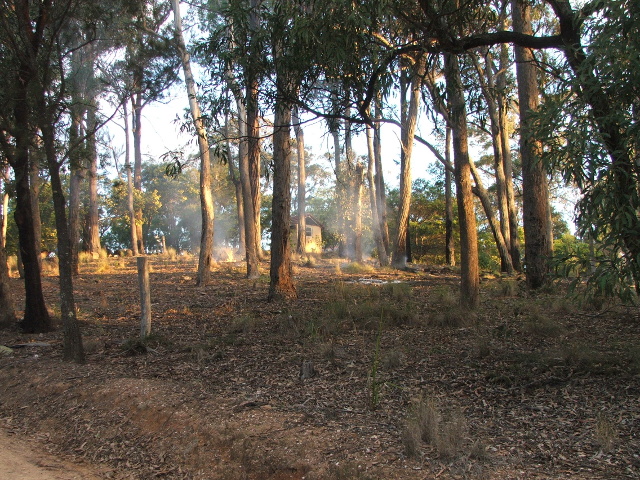Fire is a great tool in the Australian bush, but incredibly dangerous . The unique thing about the Australian bush is that fire is a necessary part of nutrient cycling in many of the dry sclerophyll forests.
The forest floor is so dry that fallen leaves and branches do not decompose as they would in wetter environments but can stay almost indefinitely. Over time a thick layer of such dead plant material accumulates.
This plant material becomes very dry and extremely flammable, and if it is not burnt off periodically can accumulate to such an extent that it becomes like a bomb waiting for a spark to set it off.
Periodic burning during the cooler months converts much of the dead plant material to ash and mobilises the nutrients locked up in the plant material so that they become available to the growing trees and plants. While not as efficient for nutrient recycling as fungal and moisture decomposition that is common in moister forests it does serve the same purpose.
We regularly burn around the house during winter to keep the fuel levels to an acceptable level and to reduce the liklehood of catastrophic wild fires during the hot summer months.
Low intensity fires burn the tops of the grasses but does not destroy the roots. Within a few days to weeks new shoots appear everywhere. The kangaroos and wallabies love them.
We keep the area immediately to the west of our house clean to act as a fire break. The dangerous winds for us are the hot north westers that can blow with gale force during summer. A fire in those conditions in terrifying.

